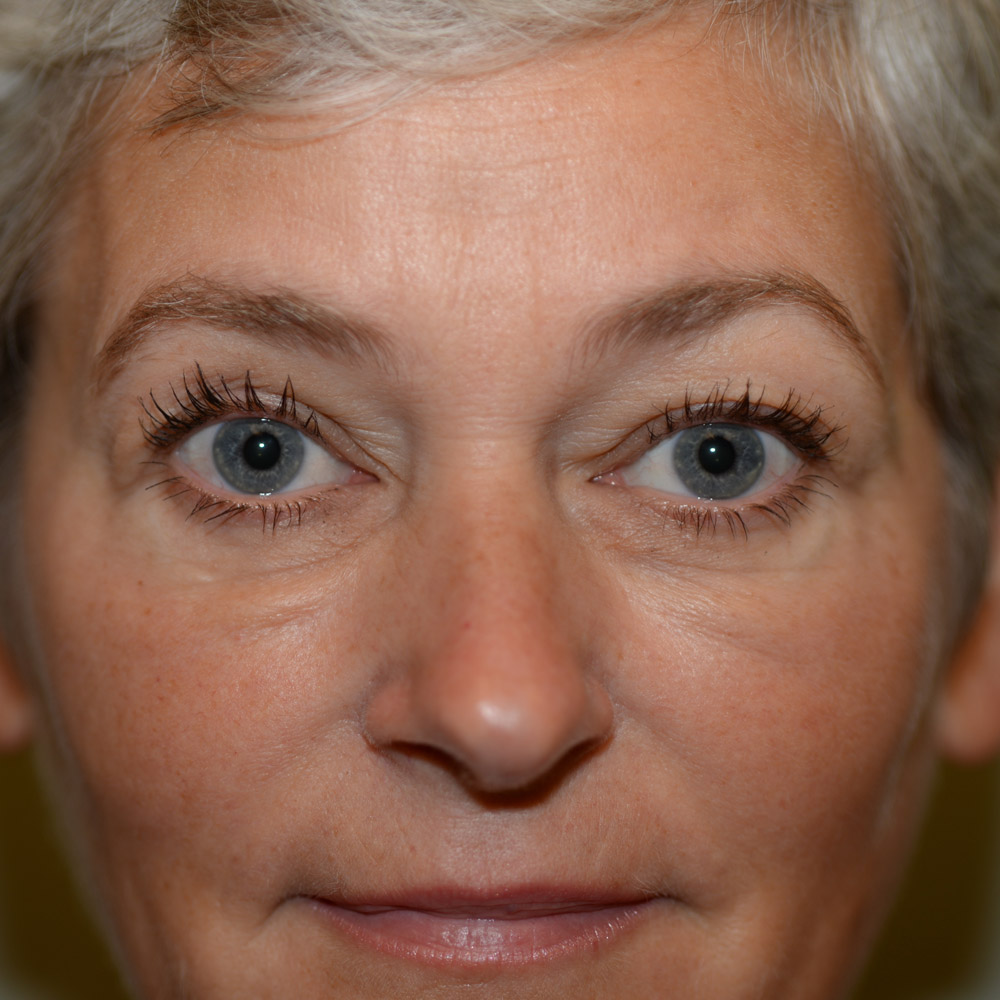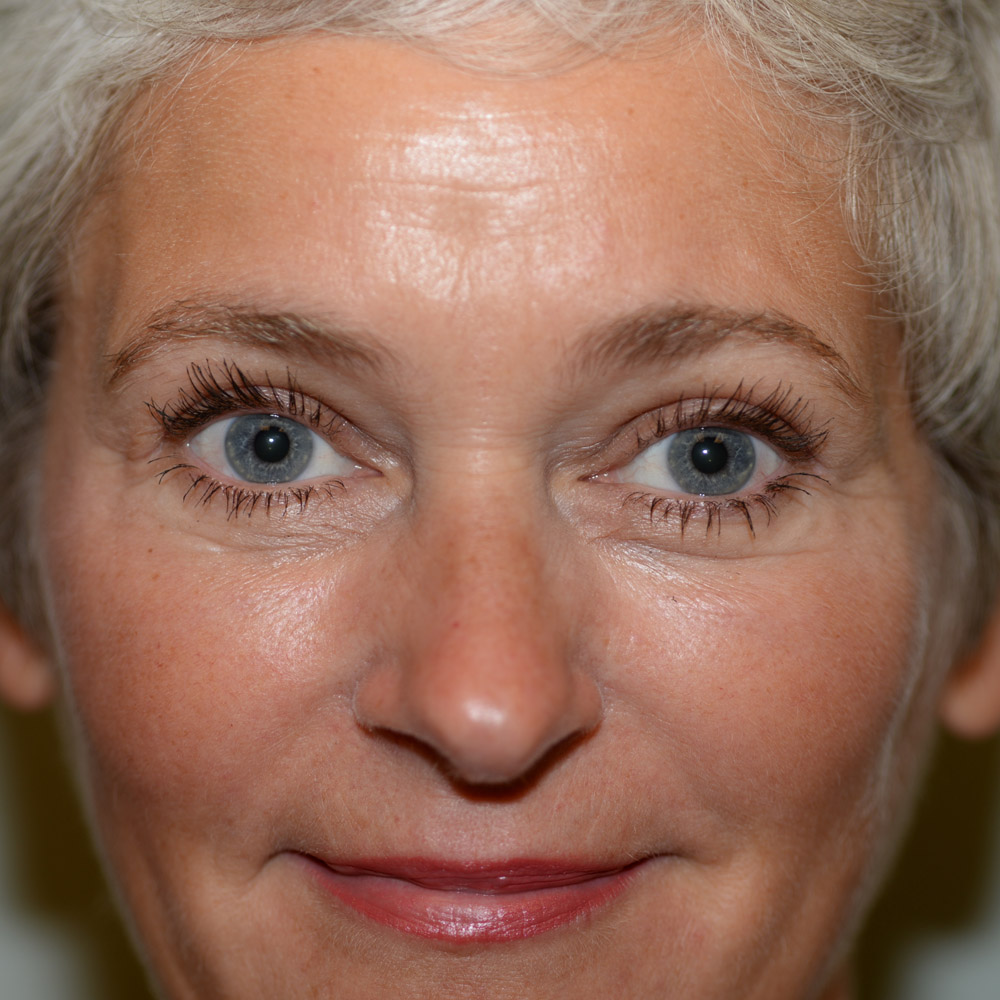 Model
Model
Eyelid Surgery (Blepharoplasty) in Portland & Lake Oswego
Individuals who struggle with drooping eyelids or puffiness under the eyes may not be putting their best face forward. To combat this, Dr. Elisa Burgess offers upper and lower blepharoplasties, at her Portland-area surgery practice.
What is Blepharoplasty?
A Blepharoplasty can involve an upper eyelid lift, a lower eyelid lift, or both. The procedure can address issues such as puffiness, under-eye bags, drooping eyelids, and excess skin that can contribute to a tired or aged appearance.
Upper Eyelid Lift: An upper blepharoplasty removes excess skin and fat from the upper eyelids. It helps restore the natural contour of the eyelid while making the eyes appear more open and alert. An upper eyelid lift can also alleviate the feeling of heaviness around the eyes and improve peripheral vision.
Lower Eyelid Lift: The lower blepharoplasty focuses on removing or repositioning fat to eliminate under eye bags and correct droopiness. It can also tighten the eyelid skin to smooth out fine lines and achieve a more youthful, rested appearance.

 Model
Model
Benefits of Blepharoplasty
Patients who undergo blepharoplasty often experience a range of aesthetic and functional benefits. These may include:
A Rejuvenated Look: Eyelid surgery addresses signs of aging around the eyes to help achieve a more youthful and refreshed appearance.
Improved Vision: For those whose vision may be impaired by drooping upper eyelids, this procedure can remove the obstruction, leading to better peripheral vision and overall sight.
Long-Lasting Results: While the aging process continues, the results of blepharoplasty can last for many years.
Enhanced Self-Confidence: The psychological impact of facial rejuvenation has been significant. Many patients report increased self-esteem and confidence following their blepharoplasty.
 Model
Model
Interested in a Blepharoplasty in Lake Oswego?
If you’re considering a Blepharoplasty, our team at Burgess Plastic Surgery can help you achieve beautiful, natural-looking results. Call us today at 503-699-6464 or complete our online contact form to schedule your consultation and take the next step.
Schedule a Consultation

